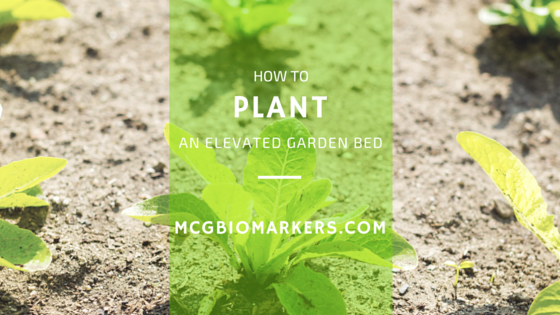
Raised garden beds were designed for gardeners who cannot bend and lift heavy things. They offer easy access and reduce your chances of experiencing pain. However, they are attractive when used in any garden to elevate or layer flowers and other decorative plants. Additionally, they are good for planting vegetables indoors when the outside weather gets harsh. You do not have to have a back problem to use raised garden beds.
Test and build your soil
Start your raised garden by having a soil test to identify what nutrients it has and lacks. Use this information to build your soil to accommodate the plants you wish to grow. Begin with the planting mix to help you feed your soil with nutrients from other plants that it lacks. However, mixing does not offer all crucial nutrients. Thus, you may have to add compost to make your soil stronger and more able to retain crucial nutrients, oxygen and water. You may have to use more organic fertilizers in the first year as compared to subsequent years.
Solarizing
Solarization is used to kill the growth medium that triggers soil borne pests. You can raise your soil temperatures as high as possible to kill stubborn weeds and insects among other soil pathogens. You may require more time and energy to prepare your raised garden bed but you end up saving time and expenses you could have incurred buying pesticides. This method works best in warmer climates. However, it can also be applied in the northern regions to heat the soil to about 120 degrees Fahrenheit.
Grow with worms
Worms may sound disgusting but they are great gardening soil enhancers. They assist in breaking down the raw organic matter in the soil that is turned into beneficial fungi. Their tunnels boost soil water drainage and oxygen. Red worms convert kitchen scraps into nutrient rich organic matter which are a great source of energy for plants. Crawler worms help you in building soil structure and texture.
Plant cover crops during off seasons
Vegetable gardening is taxing and can rip the soil off crucial nutrients. Thus, planting cover crops between growth seasons brings back the lost essential soil nutrients. They offer substantial organic matter that is beneficial to your garden. This strategy also reduces compaction to boost water storage and oxygen retention. Some common and widely used cover crops include; oats, clover, rye and buckwheat just to mention a few. There are numerous raised gardening tips that define how different plants and vegetables should be alternated with a small garden bed to boost development of beneficial nutrients.
Raised garden beds are space savers and offer high yields especially for vegetables. They boost production, save money, time and space. They are also a perfect solution for eliminating difficult soil problems by using the right soils for different crops. This way, you can grow vegetables and flowers that would otherwise not thrive under your garden soil conditions. Moreover, they offer good drainage, easy crop access and protection from most gardening pests. It’s the perfect way to achieve a your dream farm or garden.


